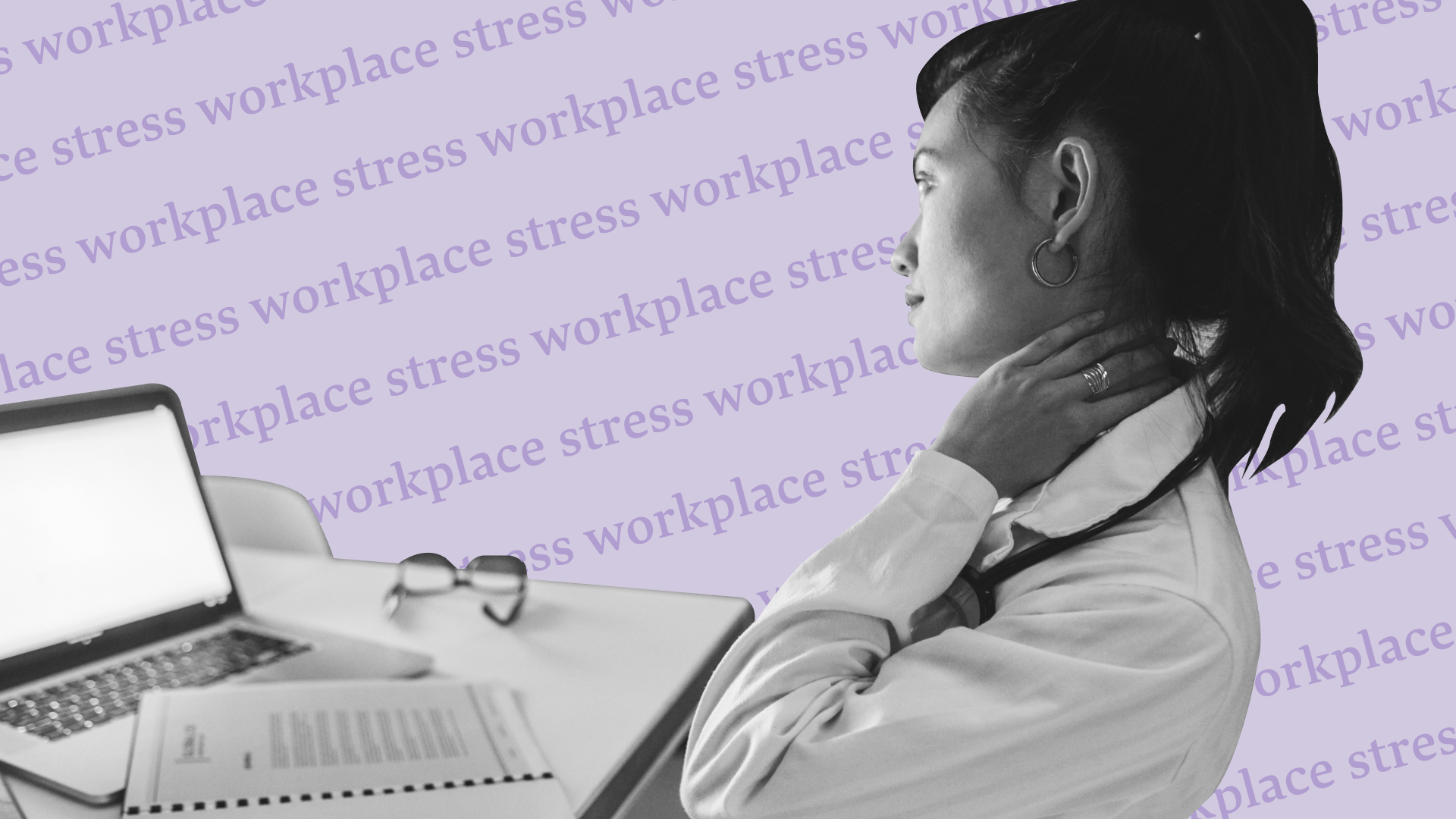Employees get sick — that’s a fact of life. But what do you do when your employees start calling in sick more frequently than you planned for?
So every now and then, one of your employees will call in with a croaky voice to let you know they can’t make it in to work that day. Frankly, that's just the smart thing to do.
What do you do when your employee has begun taking sick leave more than usual? What if the amount of time spent away from work is negatively affecting your employee’s performance on the clock — and now that bad performance is starting to wear on the rest of the team as well?
Mindfulness is very important because these situations are rarely so black-and-white. How you choose to navigate these moments will have longer-lasting effects than you'd think, for both the employees in question and for your company. Here are some steps to follow that can help address the matter.
Employees Calling in Sick Too Much at Work? Here’s What To Do
In a healthy company culture, employees should know that they can call in sick without fear of losing status or punishment. The majority of employees will not abuse your sick leave policy.
That said, if you determine that your employee is taking excessive time off and the behavior is having a seriously negative effect on the company, should the person be terminated?
If you are an employer in an “at-will” employment state, which is every state except Montana, then you are technically free to terminate an employee at any time without explanation. However, there are some important exceptions to performing an “at-will” termination. Some examples include most public sector jobs, unionized work, or a breach of good faith by the employer.
Check Your Records
First, look at the numbers. What does the data say? Take a good look at your timekeeping records and see if there's a pattern, especially if this change in attendance is abrupt.
Take a good look at your timekeeping records and see if there's a pattern, especially if this change in attendance is abrupt.
Has a normally reliable employee now started taking increasingly more sick leave? Has a crisis come up that your employee hasn’t shared but is now leading to more time away from the office? Maybe there’s an older parent or child who needs more care. Once you have the information in front of you, things should start to become clearer.
Ask What’s Wrong
The value of determining a pattern is you can now have a transparent conversation with your employee. If a member of your team is suddenly calling in sick more than usual, your next step is to figure out what’s led to the change.
Is there an underlying health issue that is causing the increase in missed work? Is there something stressful going on in your employee’s personal life and now the work/life balance is becoming too great to juggle?
When you come with the facts to the table, you also bring awareness to the situation. However, the goal is not to interrogate. Instead, your aim should be to bring some clarity to the conversation. This approach sets the stage for what may be the most important step.
Offer Your Support
Your employee may genuinely have a condition that led to the uptick in sick leave. There might be an ailing parent or child who needs more time than they initially thought. And here's one reason that is often missed: workplace stress or burnout might mean your employee is avoiding coming to work.
Exercise empathy and compassion, and ask your employee if they are okay.
Exercise empathy and compassion, and ask your employee if they are okay. What are some specific actionable ways that the employee thinks the company can support them during this time? While your employee is under no obligation to disclose anything, and you cannot promise to meet every requested accommodation, you also cannot get answers to the questions you never ask.
So make sure to provide help in ways that meet the needs of your employee as well as your company: offer suggestions like employee assistance programs (EAPs) and available leave options, when possible.
Employer Laws Regarding Employee Sick Leave
It’s important to understand whether or not the sick leave the employee is taking is covered by employment law.
Employees with well-documented disabilities may be protected by the Americans with Disabilities Act (ADA) from being fired due to an illness related to their disability. However, if an employee needs expanded sick leave through ADA, then that issue needs to be discussed with you prior to taking it.
Employees are entitled to up to 12 weeks of leave within a 12-month period under the Family and Medical Leave Act (FMLA). This covers situations including serious medical conditions, pregnancy and care of a newborn, caring for a family member with a health problem, or the arrangement of adoptions.
Also, if the employee is suffering from a work-related illness or injury, then Workers’ Compensation Laws dictate that you must pay for their treatment and give them time off to recover.
Employee Rights: Establish Your Policy for Calling in Sick
Individual employers will have their own policies about sick leave. However, your company might choose to offer more generous sick leave than the law requires. It’s up to you, the employer, to decide what makes the most sense. Review your policies to understand what type of precedent you may have set for your employees in the past. When an employee requests a leave of absence, you can use our easy Justworks template to create a letter that meets your company's needs.
Employees are entitled to up to 12 weeks of leave within a 12-month period under the Family and Medical Leave Act (FMLA).
When you review your sick leave policy, it might be wise to require that your employees let you know of their intent to use sick leave by a certain time of the day — that way, you can make any necessary staffing adjustments. Also, the policy can include whether or not a doctor’s note is required. Your policy can specify that sick leave is for when the employee cannot work due to an illness, injury, or events that require immediate medical attention. Routine checkups or medical appointments do not qualify for sick leave, though.
It’s also important to consider whether or not your paid time off policy separates sick time from vacation time. If it does not, then that might encourage employees to use paid sick time when they are not. After all, they might feel like they may as well use the time and not let those hours go to waste, so it’s helpful to keep this in mind when creating the policy.
When an Employee has Exhausted Sick Time & Isn’t Eligible for a Leave
If your employee has exhausted all of their allotted sick time and is not otherwise eligible for a leave you will need to be fair and firm, but flexible, with your employee about the importance of reliability going both ways.
Other employees may have to unwillingly pick up the extra work when that worker is out, projects might unnecessarily end up off track, and the increasing absenteeism will eventually have negative impacts on the rest of the team.
Have the employees tell you how long they think these circumstances will last, in their own words. Communicate your expectations going forward as well, with clear metrics and verifiable benchmarks. Lastly, do not leave without obtaining buy-in from them. You want to be certain that everybody understands what they agreed upon and what are the potential outcomes if they fail to honor the agreement. For a deeper dive, read our article “Managing an Employee with a Medical Condition: What the Law Has to Say.”
Curious about other employer leave laws that impact your business? Check out this Justworks blog on paid and unpaid leave laws every employer should know.
Learn more with Justworks’ Resources
Scale your business and build your team — no matter which way it grows. Access the tools, perks, and resources to help you stay compliant and grow in all 50 states.








